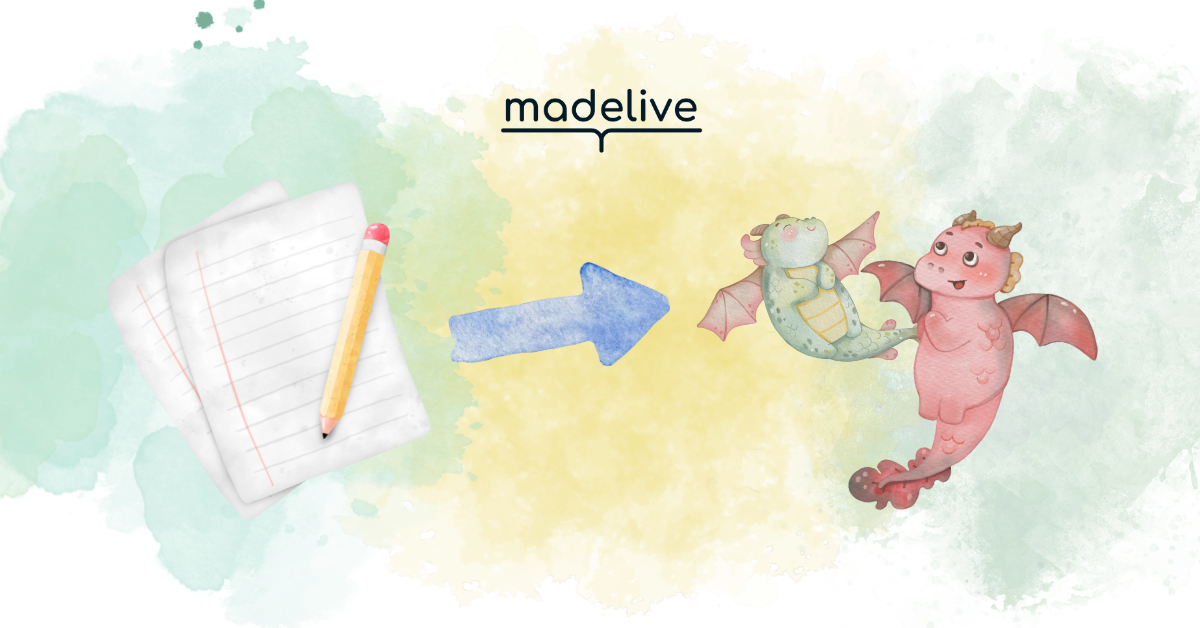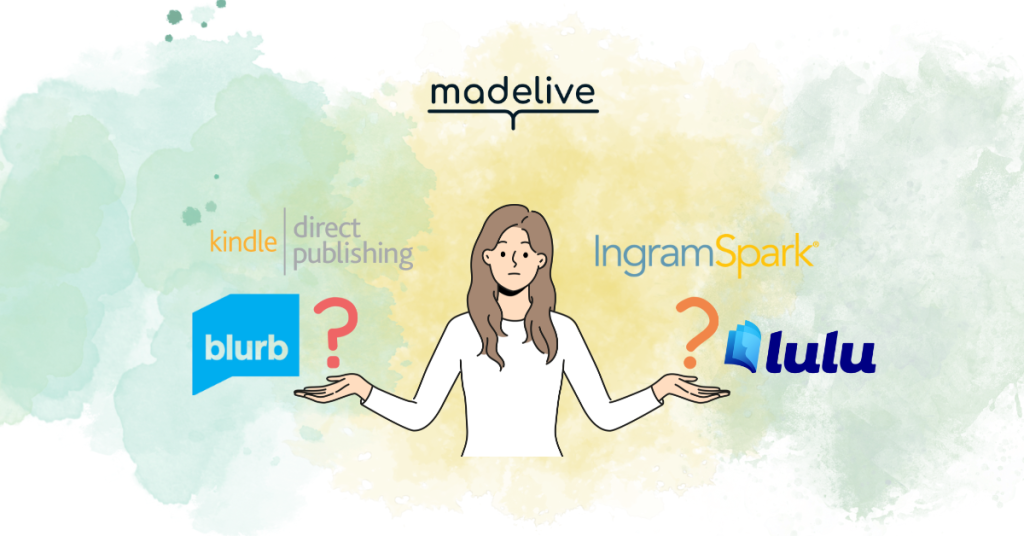Visual Thinking for Writers: How to See Your Story Like an Illustrator
As a picture book writer, you’re only telling half the story.
This isn’t a flaw—it’s the magic of the format. Your words dance with illustrations to create something greater than either could achieve alone. But this unique partnership presents a challenge: how do you write in a way that leaves room for visual storytelling while ensuring your narrative remains complete?
Many writers approach their manuscripts as if they’re writing short stories, describing every detail and emotion. Then they’re surprised when editors respond with comments like “too text-heavy” or “doesn’t leave room for illustrations.”
The truth is, successful picture book writers don’t just write—they visualize. They develop what I call “illustrator vision”—the ability to see beyond their words to the visual possibilities each scene contains.
Why Visual Thinking Matters
Our Manuscript X-Ray worksheet identifies “Visual Opportunities” as one of the 10 critical elements of successful picture books. Here’s why it matters so much:
- Picture books are a visual medium. In the best picture books, illustrations don’t just decorate the text—they extend it, complement it, and sometimes even contradict it for humorous effect.
- Illustrators need creative space. When your manuscript describes every detail, you’re unintentionally restricting the illustrator’s creative contribution.
- Children “read” pictures before words. Young readers often understand the story through images first, with the text providing additional context.
- Visual storytelling creates multiple reading levels. Illustrations can contain subplots and details that older children notice while younger ones follow the main narrative.
- Publishers evaluate manuscripts with illustration potential in mind. Editors are looking for stories that will result in visually dynamic books.
The Text-Heavy Trap
Here’s an example of a text-heavy approach that doesn’t leave room for visual storytelling:
“Maya walked into her bedroom. It was painted light blue with white clouds on the ceiling. Her bed had a purple comforter with yellow stars. Her bookshelf was overflowing with books. Her favorite stuffed teddy bear, Mr. Beans, sat on her pillow. Maya felt sad because it was raining outside and she couldn’t go to the park. She picked up Mr. Beans and hugged him tight.”
This passage leaves little for an illustrator to do beyond recreating what’s already described. It also misses opportunities for visual storytelling that could enhance the emotional impact.
The Visually-Minded Approach
Here’s how a writer with “illustrator vision” might approach the same scene:
“Maya slumped into her bedroom. Rain tapped against the window. ‘We were supposed to go to the park today,’ she told Mr. Beans.”
This version:
- Establishes the essential elements (Maya, her room, the rain, her disappointment)
- Shows her emotion through action (“slumped”) rather than telling
- Introduces Mr. Beans naturally through dialogue without describing him
- Leaves room for the illustrator to design Maya’s room, depict the rainy day, and show Mr. Beans (who readers will immediately understand is a stuffed animal)
Developing Your Illustrator Vision
You don’t need to be able to draw to think visually. Try these exercises to develop your “illustrator vision”:
1. The Wordless Storyboard
Take your manuscript and create a simple storyboard without using any words. For each main scene or page turn:
- Sketch simple stick figures or basic shapes
- Focus on actions and emotions
- Think about what elements must be shown visually
Don’t worry about artistic quality—this exercise is about seeing your story as a sequence of images.
Pro tip: If you’re truly drawing-adverse, use emojis or clip art to represent characters and elements of your story.
2. The 32-Page Breakdown
Picture books typically have 32 pages, with about 24 pages available for story content (after accounting for front matter, title page, etc.).
- Print your manuscript
- Cut it into separate scenes
- Try arranging these scenes across 24 pages
- Identify where page turns would occur
- Ask yourself: “What would be shown on this page?”
This exercise helps you visualize your story’s pacing and identify where you might be overwriting.
3. The Illustration Note Audit
While illustration notes should be used sparingly, this exercise helps you identify visual elements crucial to your story:
- Go through your manuscript and add an illustration note for anything you believe MUST be shown
- Review these notes and ask: “Is this information conveyed in the text already?”
- If yes, you might be overwriting
- If no, consider whether this visual element is essential to the story
4. The Visual Subtext Practice
Great picture books often include visual elements that aren’t mentioned in the text but add depth to the story.
For each scene in your manuscript, list:
- One visual element that could create humor
- One visual element that could foreshadow something coming later
- One visual element that could create a subplot
Visualize Your Story With Ease
Developing “illustrator vision” takes practice, but our picture book creation software can help streamline the process. With built-in storyboarding tools and page layout features, you can:
- Visualize your manuscript across a 32-page layout
- Test different page turns to maximize impact
- Plan illustration opportunities alongside your text
- Export visual PDF files for your illustrator
Click the button below to start your risk-free 7-day FREE TRIAL.
Visual Storytelling in Action: A Case Study
Let’s look at a before-and-after example:
Before (Text-heavy):
“Oliver was nervous about the first day of school. He didn’t know anyone in his class. When he arrived, he saw 18 other children. The classroom had colorful posters on the wall and cubbies with each child’s name. The teacher, Mrs. Martinez, smiled at him. Oliver sat at a desk in the back row. He felt shy and didn’t talk to anyone during morning circle time.”
After (Visually-minded):
“Oliver clutched his new lunchbox tighter as the classroom door loomed ahead. Inside, voices buzzed like bees. ‘Go on,’ whispered Mom. Oliver took one small step forward. Then another.”
The revised version:
- Creates a moment of tension (the doorway as a threshold)
- Uses a simile that creates a visual and auditory image (voices buzzing like bees)
- Shows Oliver’s nervousness through action (clutching lunchbox)
- Creates a perfect illustration opportunity at a moment of emotional significance
- Leaves room for the illustrator to show the classroom environment and other children
Want to thoroughly evaluate your manuscript's visual potential?
Our Manuscript X-Ray tool includes a comprehensive section on Visual Opportunities to help you identify where your story could benefit from stronger visual thinking.
Common Visual Thinking Pitfalls
1. Directing Camera Angles
Avoid dictating specific visual perspectives, like: “From above, we see Maya arranging her toys in a circle.”
This oversteps into the illustrator’s territory. Instead, focus on the action: “Maya arranged her toys in a careful circle.”
2. Unnecessary Physical Descriptions
Unless a character’s appearance is central to the plot, avoid detailed descriptions:
Instead of: “Jackson had curly brown hair, green eyes, and freckles across his nose.”
Try: “Jackson skipped down the sidewalk, counting the cracks as he went.”
3. Scene-Setting Overload
You don’t need to establish every element of a setting:
Instead of: “The playground had a red slide, three swings, a seesaw, and a sandbox. Trees surrounded the area, and benches sat along the perimeter.”
Try: “Emma raced to the playground. So many choices, but the swings called her name first.”
When to Use Illustration Notes
Illustration notes should be used sparingly and only when:
- A visual element is essential to the plot but not evident from the text
- There’s potential for misinterpretation that would affect the story
- The text intentionally contradicts what should be shown
Format them like this: [Note: Oliver’s backpack is shaped like a rocket.]
The Visual Thinking Checklist
Before submitting your manuscript, ask yourself:
- Have I left room for the illustrator to contribute creatively?
- Are there moments where visuals can tell part of the story instead of words?
- Have I focused on actions and emotions rather than descriptions?
- Does each scene offer interesting visual possibilities?
- Have I considered what happens across page turns?
From Words to Visual Magic
Learning to think visually doesn’t mean abandoning your writer’s instincts—it means expanding them. By developing your “illustrator vision,” you create manuscripts with rich visual potential that appeal to editors, inspire illustrators, and ultimately create more engaging experiences for young readers.
Remember: in picture books, the magic happens in the space between your words and the illustrations they inspire. By mastering visual thinking, you’re not just writing a story—you’re creating the blueprint for a visual journey.
Take Your Visual Story from Manuscript to Published Book
Once you’ve mastered visual thinking and refined your manuscript, what’s next? Many authors find the publishing journey challenging to navigate alone.
Our 12-week Self-Publishing Club provides live group coaching, technical training, and a supportive community of fellow picture book creators. You’ll learn everything from finding the right illustrator to formatting your book for print and digital platforms.
Click here to learn more or the button below to be added to the waitlist for our next cohort.
Ready to evaluate all aspects of your picture book manuscript? Download our comprehensive Manuscript X-Ray worksheet to identify visual opportunities and nine other critical elements that can elevate your story from rejection to request.
Need personalized feedback on your picture book manuscript? Our professional coaches can help you identify and enhance your story’s visual potential. Schedule a free 15-minute strategy session to learn how we can help transform your manuscript.




